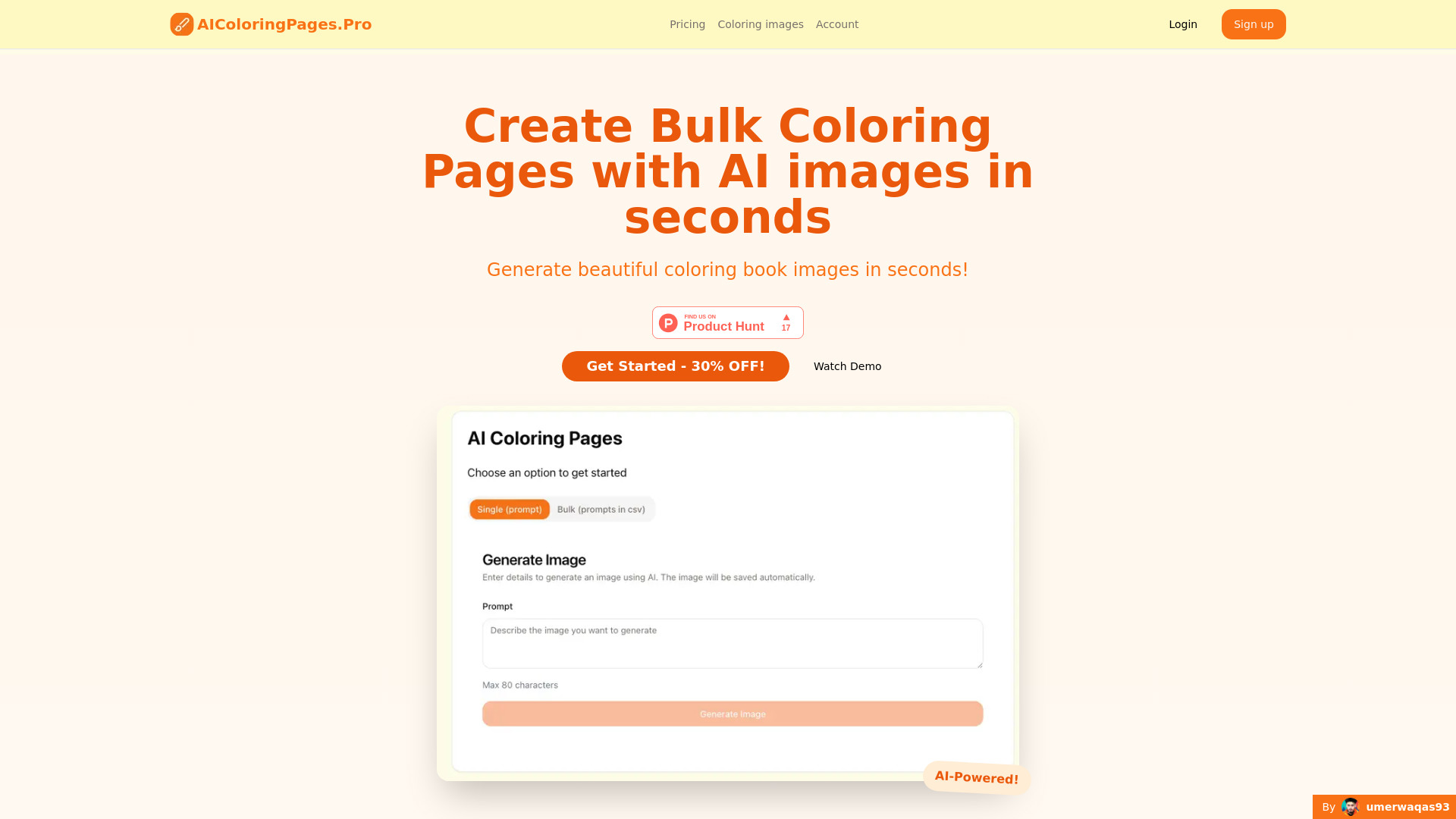AI Image Segmentation
AI Image Segmentation involves dividing an image into meaningful parts, enhancing object detection and recognition. AI algorithms, like deep learning, allow precise segmentation in applications such as medical imaging (tumor detection), autonomous vehicles (road and obstacle delineation), and agriculture (crop monitoring). Benefits include improved accuracy and efficiency, but challenges persist, such as data quality and computational cost.
Primary AI
Most Commonly Used Task
Core Features
Pixel-wise classification
Boundary detection
Object recognition
Real-time processing
Integration with deep learning frameworks
Multi-class segmentation
Interactive editing tools
Use Cases
Medical image analysis
Autonomous vehicle perception
Agricultural crop monitoring
Object detection in surveillance footage
Augmented reality applications
Image editing and background removal
Most Helpful AI's
Primary Tasks For AI Image Segmentation
| # | Task | Popularity | Impact | Follow |
|---|---|---|---|---|
| 1 |
🤖🔍
AI content detection |
0% Popular
|
87%
|
|
| 2 |
✨
Image enhancement |
0% Popular
|
87%
|
|
| 3 |
🖼️
Image descriptions |
0% Popular
|
87%
|
|
| 4 |
✂️
Image editing |
0% Popular
|
85%
|
|
| 5 |
🖼️
Images |
0% Popular
|
85%
|
|
| 6 |
🖼️✨
Background removal |
50% Popular
|
87%
|
|
| 7 |
🖼️
Image prompts |
0% Popular
|
87%
|
|
| 8 |
🖼️
3D images |
100% Popular
|
87%
|
|
| 9 |
🎨
Image cartooning |
0% Popular
|
73%
|
|
| 10 |
🎨
Anime images |
50% Popular
|
82%
|
|
| 11 |
🖼️
Product images |
50% Popular
|
75%
|
|
| 12 |
👔
Professional avatars |
0% Popular
|
72%
|
|
| 13 |
👤
Avatars |
50% Popular
|
78%
|
|
| 14 |
📊
Data analysis |
0% Popular
|
85%
|
|
| 15 |
🗣️
Conversational avatars |
0% Popular
|
87%
|




